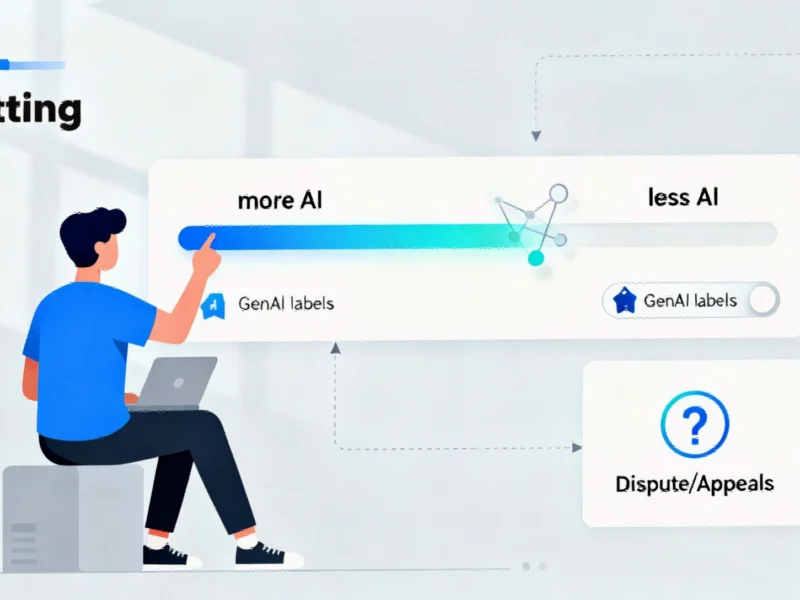Platform Enhances User Control Over AI Content
Pinterest is introducing significant updates to give users greater command over generative artificial intelligence content in their feeds, according to reports from the company’s official announcement. The new features include customizable content tuners, improved AI labeling systems, and a formal appeals process for content disputes.
Customizable AI Content Preferences
Sources indicate that Pinterest users can now fine-tune how much AI-generated material they encounter through updated preference settings. The platform’s improved detection system combines image metadata analysis with AI classifiers to identify AI-created content, even when it’s not immediately apparent to human viewers. Users can access these controls through their Settings menu under “refine your recommendations” to adjust visibility of GenAI images across supported categories.
Leadership Emphasizes User Experience
Matt Madrigal, Chief Technology Officer at Pinterest, stated in the company’s announcement that “Our community is at the heart of everything we do. With our new GenAI controls, we’re empowering people to personalize their Pinterest experience more than ever — striking the right balance between human creativity and AI innovation.” The report states that these changes reflect Pinterest’s commitment to maintaining transparency while integrating advancing technologies.
Appeals System and Advertiser Benefits
Analysts suggest the new appeals process addresses creator concerns about potential misidentification of content. Users can now dispute decisions if they believe their material has been incorrectly flagged as AI-generated. Additionally, the platform is reportedly addressing advertiser worries by enabling brands to prevent their ads from appearing alongside unwanted artificial intelligence content, creating a more controlled advertising environment.
Industry-Wide Movement Toward AI Transparency
According to industry observers, Pinterest joins other major technology companies in pushing for clearer AI content identification. Platforms including Google, Microsoft, and Meta are similarly moving toward enhanced AI content disclosures, suggesting a broader industry trend toward helping users distinguish between human-created and AI-generated material. This development comes alongside other significant technology sector movements, including increased cybersecurity challenges, major manufacturing investments, and gaming platform expansions.
Implementation and User Accessibility
The company’s official newsroom announcement details how users can immediately begin adjusting their preferences. Beyond the Settings menu option, users can click the three-dot menu on any Pin to indicate they’d prefer to see less similar AI-generated content. This granular control allows for real-time refinement of the Pinterest experience based on individual user preferences and comfort levels with AI-generated material.
This article aggregates information from publicly available sources. All trademarks and copyrights belong to their respective owners.



